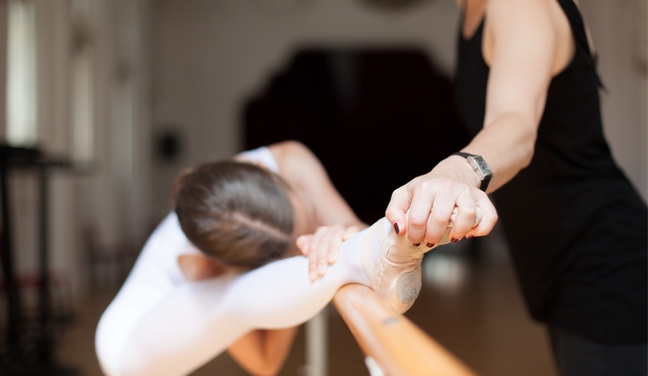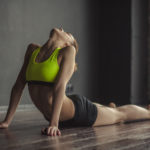Making Alignment Accessible
Talking about there being something such as correct alignment is kind of a funny thing. As human beings, we are all structurally similar but also simultaneously different (sometimes vastly so); and as dancers, we talk about being ‘correct’, but what is ‘correct’ if our skeletal structures deviate from one another, and from the ideal. This is where I think it is so important to assess alignment with our students as being correct for the specific body, and not to an aesthetic that they may or may not come close to. Alongside this written portion, there is a video to demonstrate a few exercises that I find helpful in making that idea of ‘correct alignment’ more easily accessible to our dancers. If we can help a student to find proper placement for their structure, we can help them be their personal best and allow them to thrive in work that works for them.
The first exercise you’ll see is to help find neutral spine in parallel first. Being able to help a dancer find placement without having to physically put them in the correct position is important to their training, and here as you’ll see, this allows a student to feel it for themself.

The second exercise is to find square hips in parallel fourth. This is a big one for me, as I often find that dancers take too narrow of a base, which makes it nearly impossible for the hips to be square at the top, and also provides a lack of stability. When we talk about being ‘hips width apart’, we have to ensure that our students know where their hips actually are. Too wide, and they’re uncomfortable and unstable… too narrow, and it’s the same, but when they find that sweet spot, it allows for much easier stability, and then also mobility from any position that comes from that place.
The last exercise is for port de bras placement. I am guilty here as I have a tendency to take my arms in second too far open (subconsciously, I think I’m trying to appear taller/longer!), but that place doesn’t serve me, or my dancers, so we reel ourselves in to place them correctly within our peripheral vision. This ensures that they are in the scope of where I can maintain back engagement and keep my ribs in neutral (I say ‘ribs closed’ in the video, but I don’t really mean ‘closed’… because our ribs don’t function like a door or window that seals shut, with younger students I address the action differently).
With every dancer having specific needs, I think it is so important to look at their entire chain when offering notes such as these. For one last example, parallel from the hips doesn’t always mean a dancers’ toes and heels will be in a straight line at the end of their leg (my supinated feet will forever and always look turned in when my hips/knees/ankles are in alignment). I think it is important to make sure that our dancers know how to achieve structural integrity (‘correct alignment’ for themselves in their personal facility) in their body as soon as they’re able to understand it, and I hope these exercises will be helpful in making it easier for you, and them!



